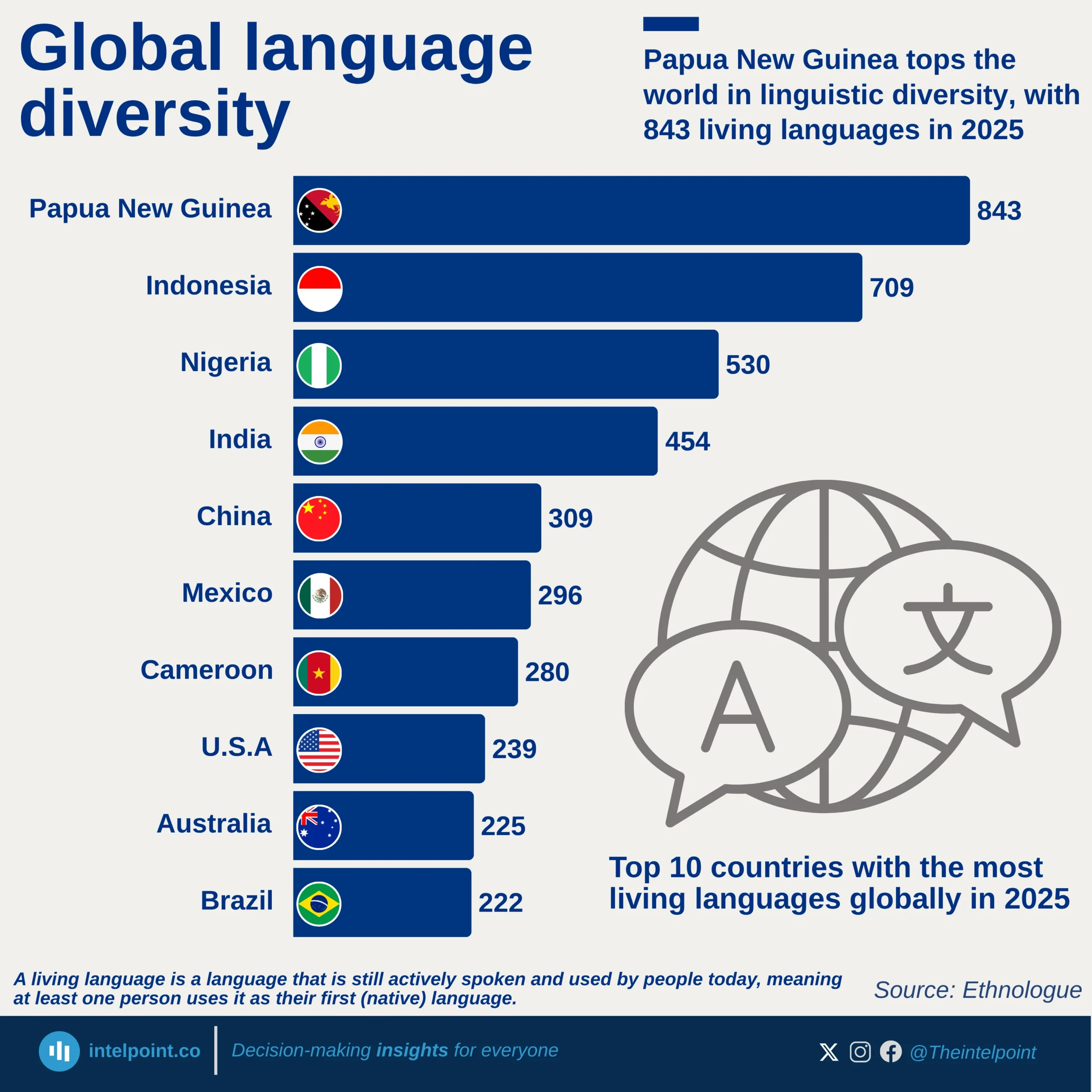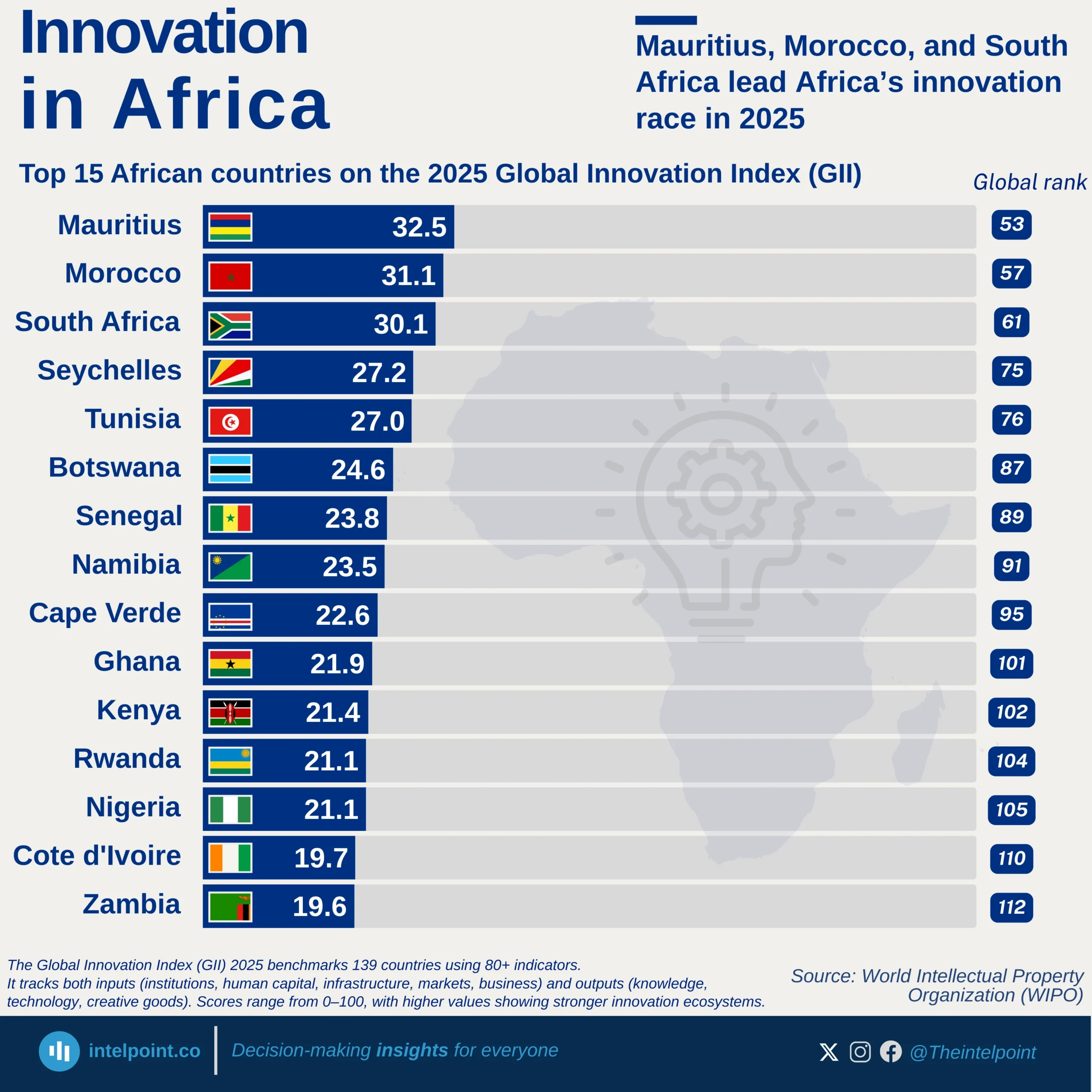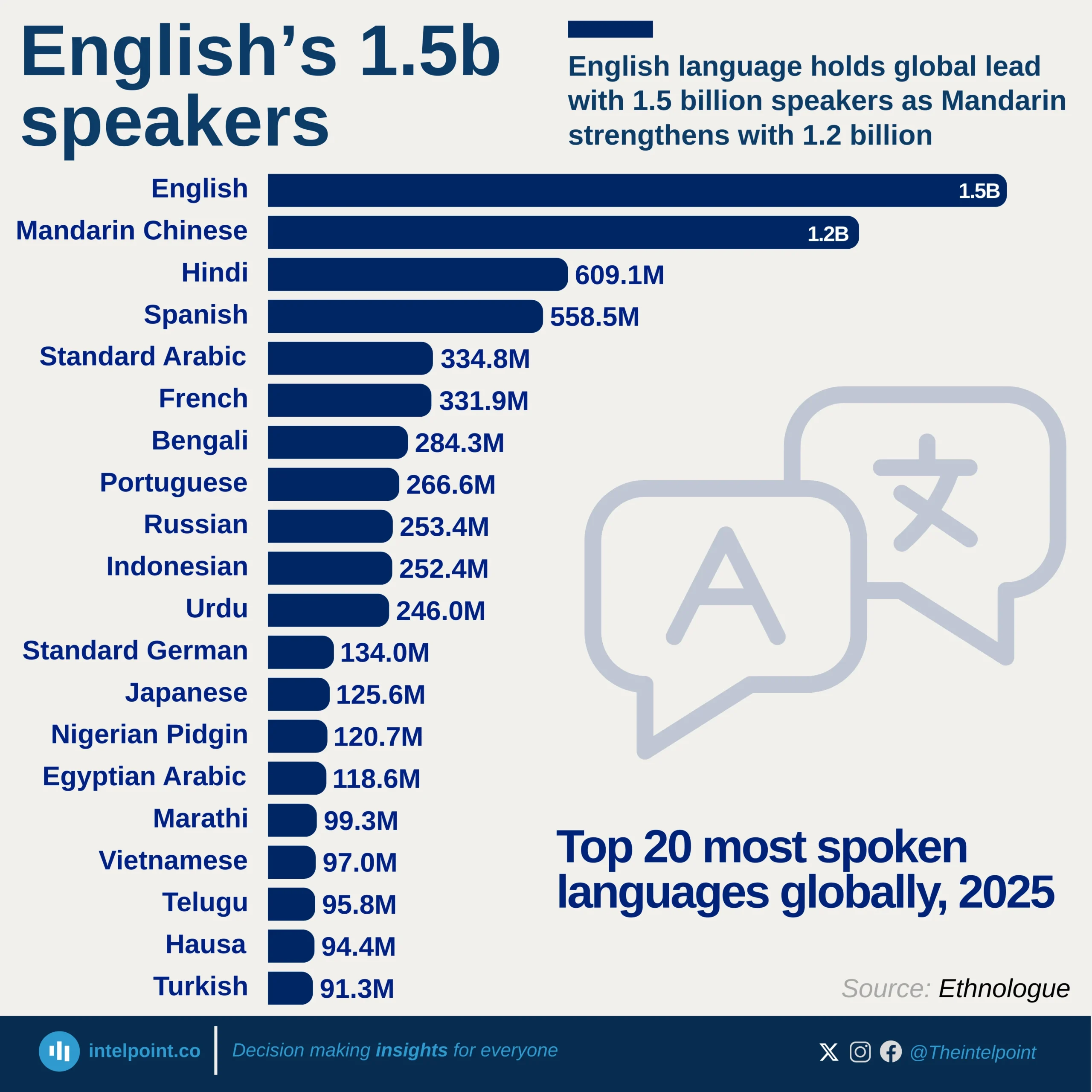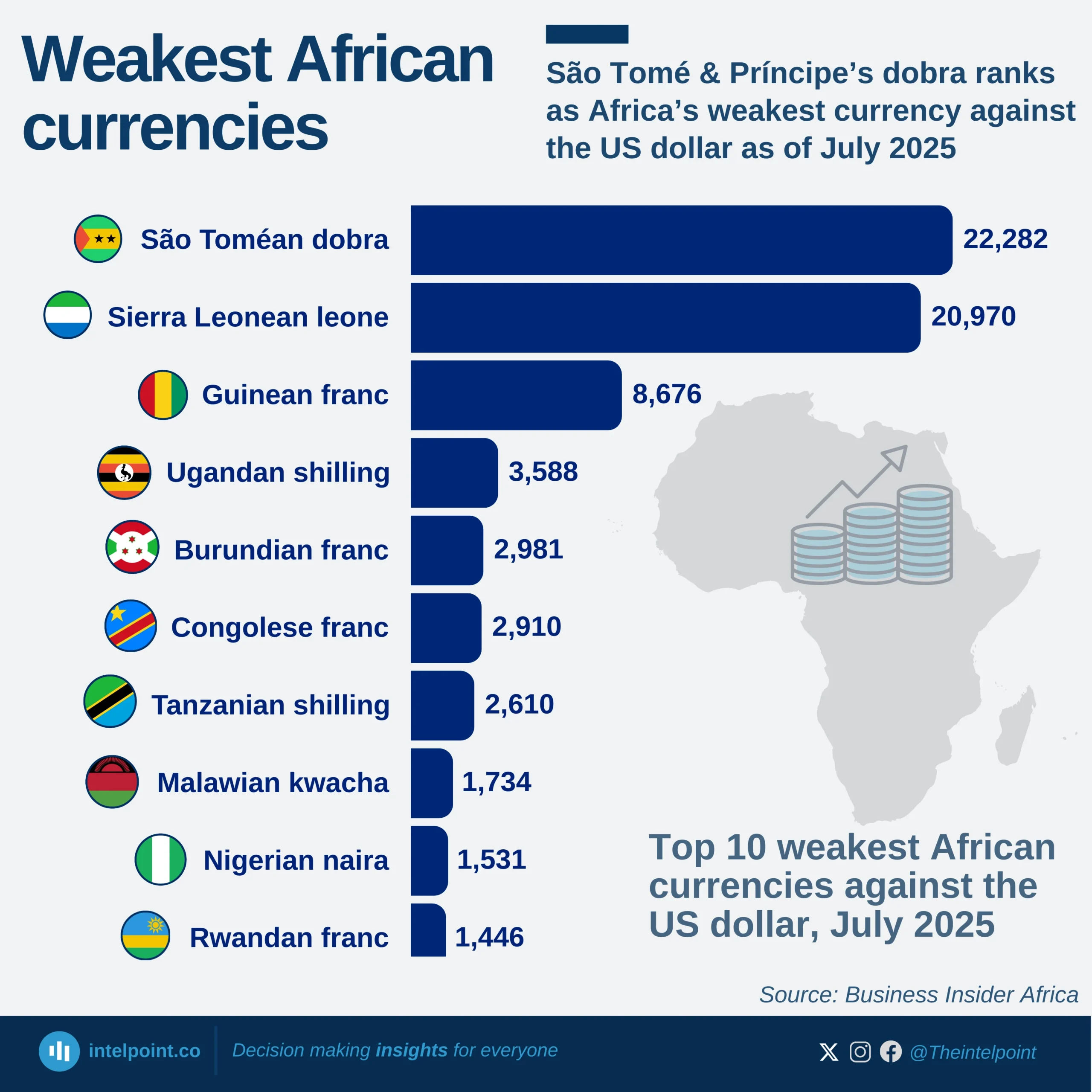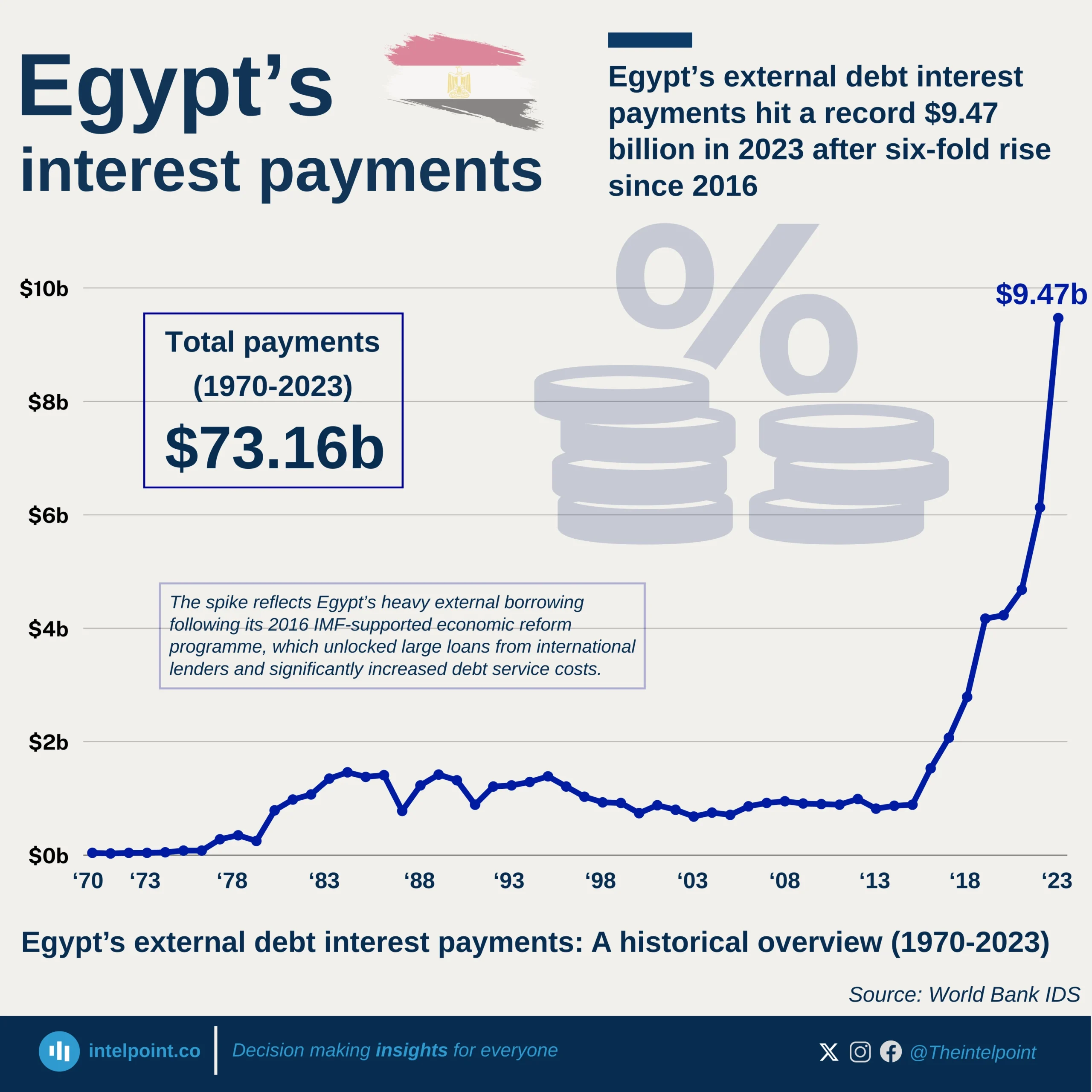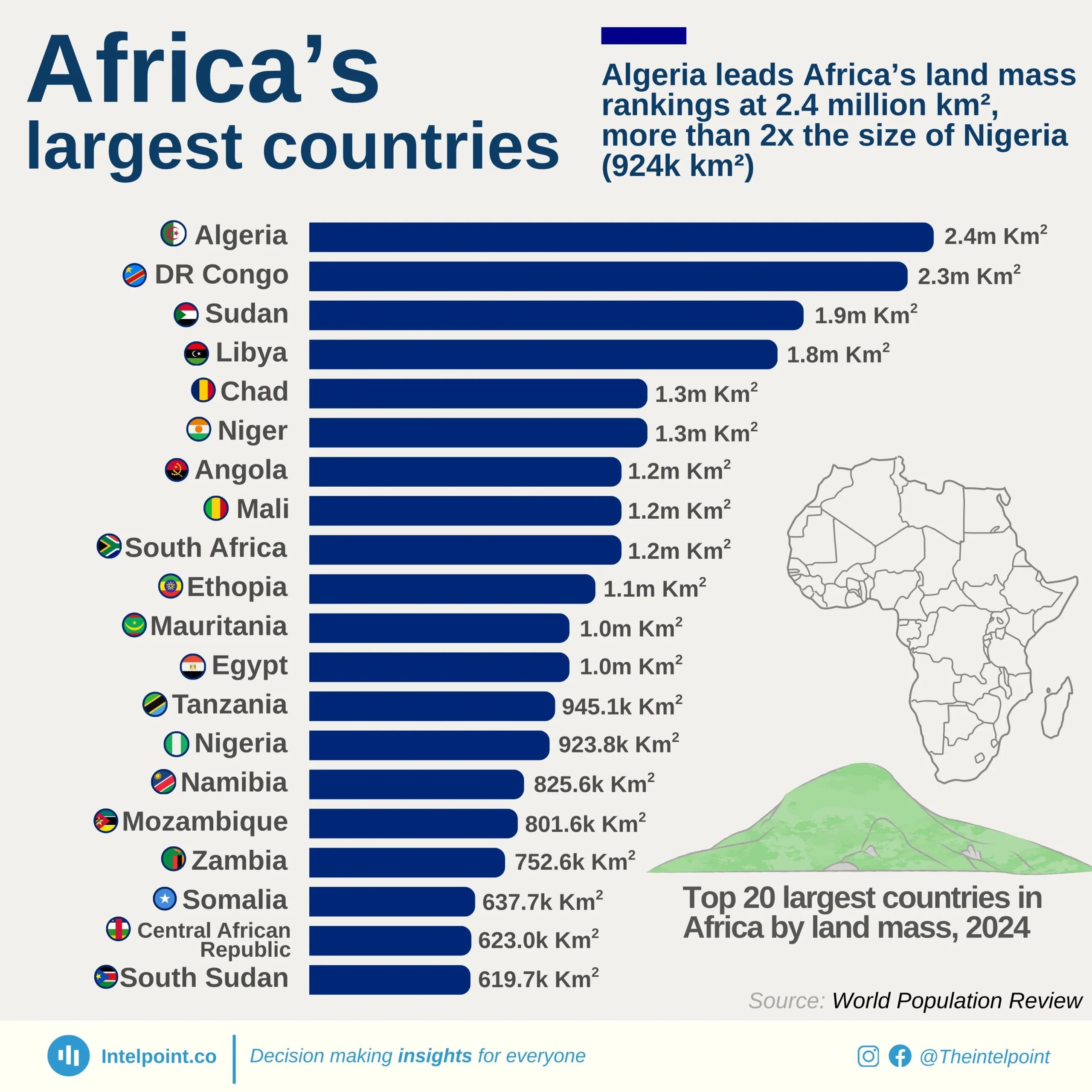In 2024, Presco Plc led the agricultural sector in Earnings Per Share (EPS) with its ₦63.46 per share. Noteworthily, Livestock Feeds Plc, though the third on the list, delivered the most dramatic turnaround among Nigeria’s listed agricultural companies in 2024. The company rebounded from a loss of -₦0.08 per share in 2023 to post an earnings per share (EPS) of ₦0.64 in 2024—a staggering 900.0% year-on-year improvement.
Aside from Livestock Feeds Plc, other companies also posted impressive growth. Presco Plc and Okomu Oil Palm nearly doubled their EPS, with 95.8% and 93.6% growth, respectively. Meanwhile, FTN Cocoa Processors and Ellah Lakes Plc remained in negative territory but managed modest recoveries.
